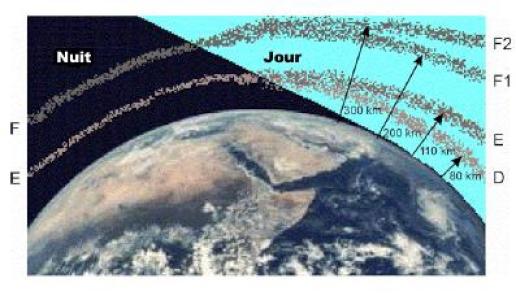Radio climatology models of the ionosphere: status and way forward

The objective of this study was to use experimental observations of the ionosphere collected in the past years to assess the performance of climatological ionosphere models, with the focus on scintillation models. This analysis has been performed in order to evaluate the ability of these climatological models to properly support ESA's future needs, to identify weak areas, to propose recommendations for improvements and to implement these improvements whenever possible in existing models. An additional objective was to provide feedback on the adequacy of future Earth observation products to contribute to a better understanding and modeling of the ionosphere.
In the study four models were selected to be analysed in more detail: GISM, SCIONAV, STIPEE and WBMOD. Several scenarios (in different regions, for different intensities of ionospheric activity), figures of merits (mainly scintillation parameters S4, , p-slope, ROTI, or some Earth observation instrument observables), a methodology on which to compare the models, and a large datasets of GNSS and GNSS-R measurements have been defined. The execution of the models runs resulted in a large set of figures and numbers (PDF, CDF, point clouds, mean error, RMS error…) for each model. Observations on the behaviour of each model were established. The strengths and weaknesses of each model were identified and possible improvements highlighted. Generally speaking WBMOD + STIPEE and SCIONAV can be considered as relevant models for fulfilling the requirements, or at least the main ones.
Finally it was shown that GNSS-R and SAR missions datasets could be processed to provide relevant information and characterisation (occurrence of scintillation events, inhomogeneity and dynamics if the irregularities) to improve the understanding of the ionosphere as a propagation medium and its impact on Earth observation mission performances. Perspectives and recommendations for future work were proposed.
